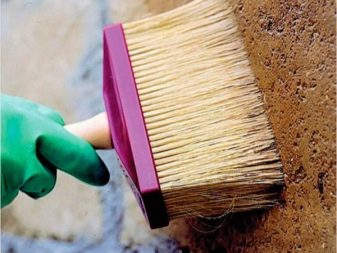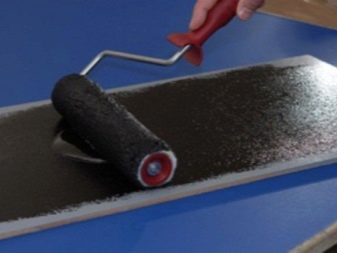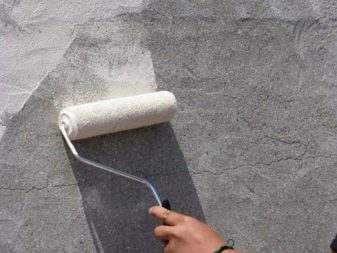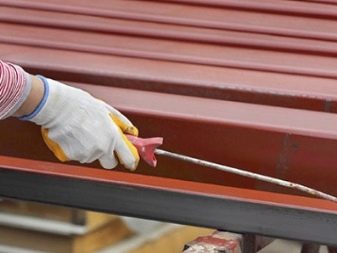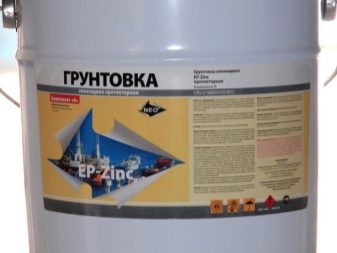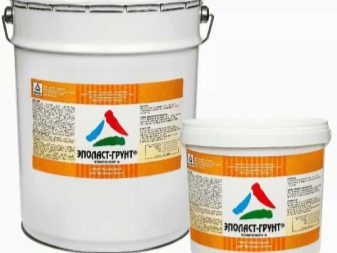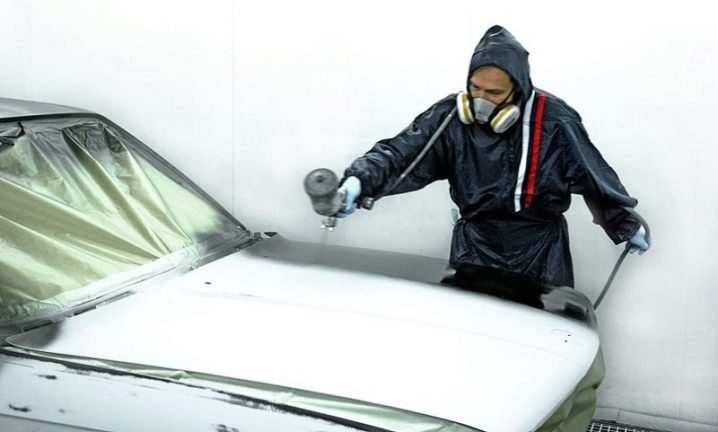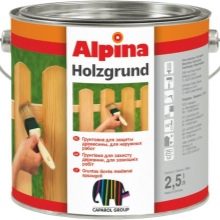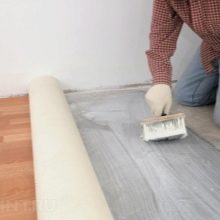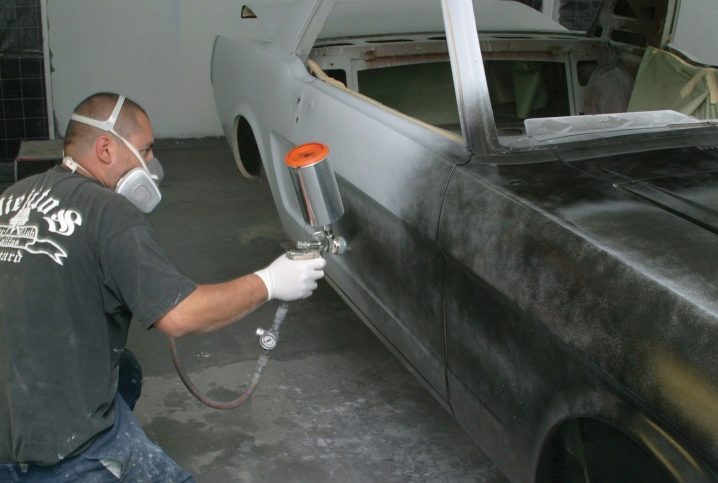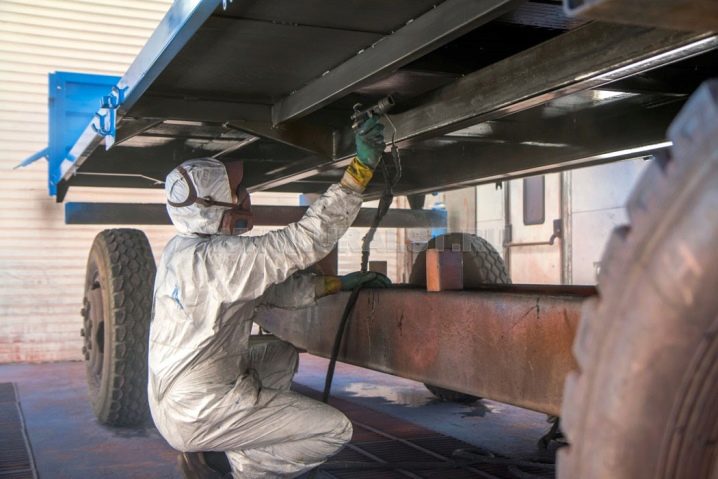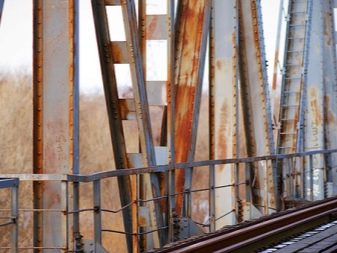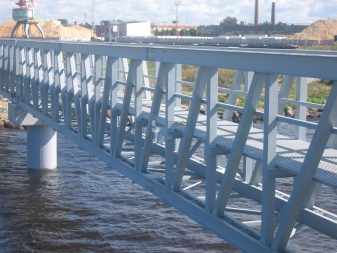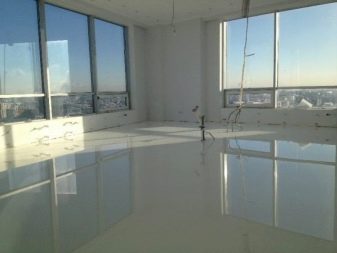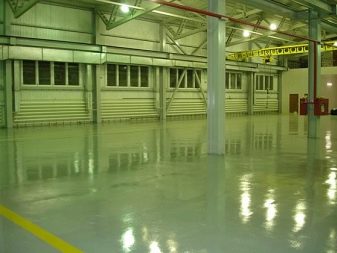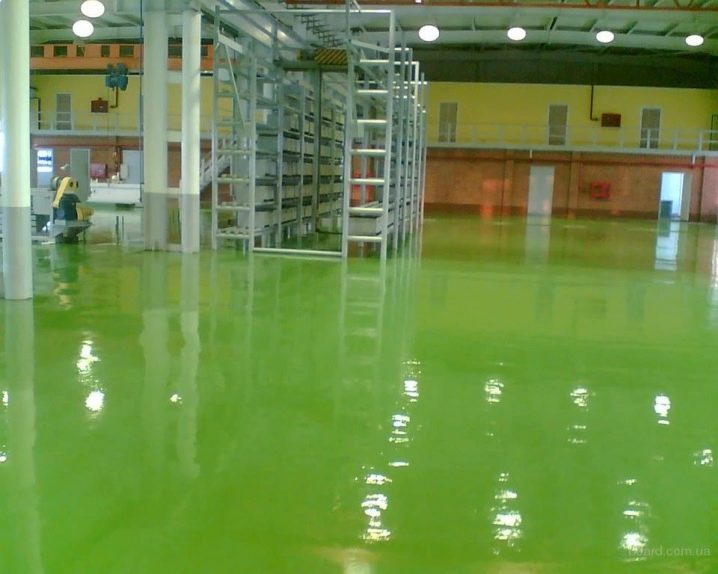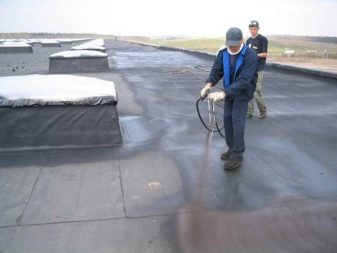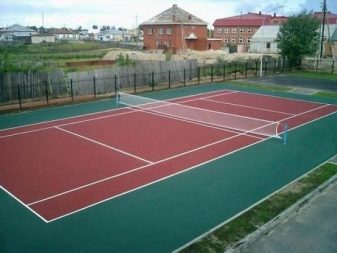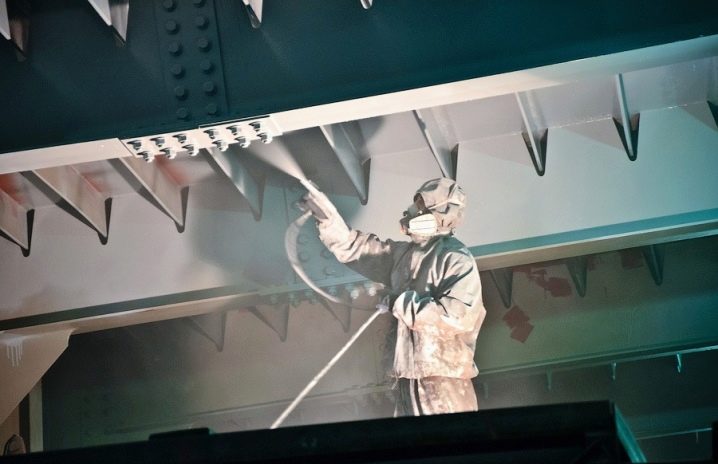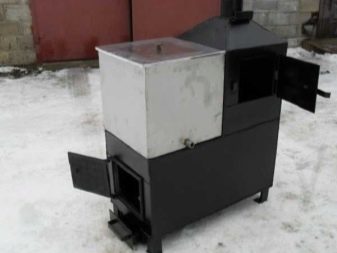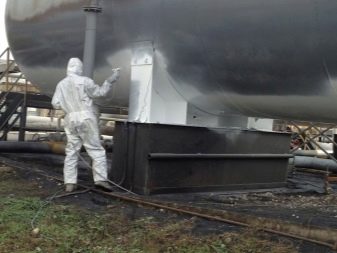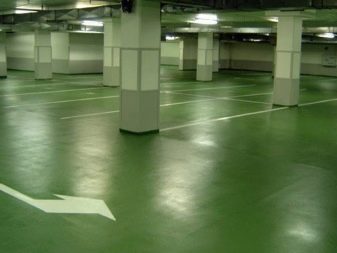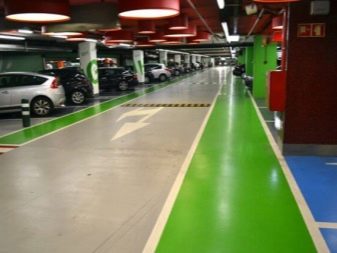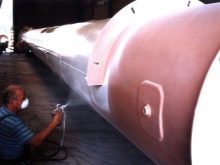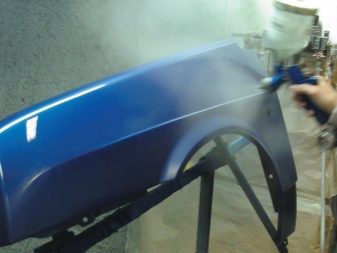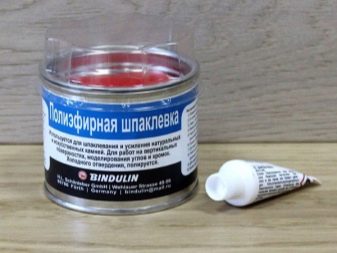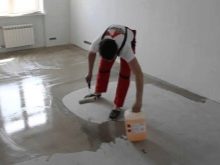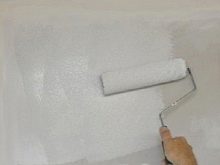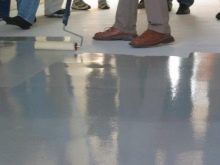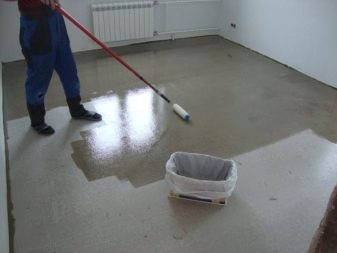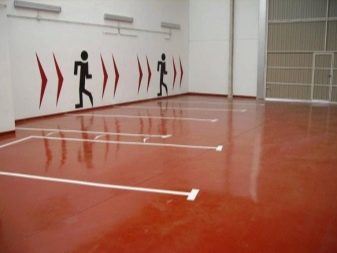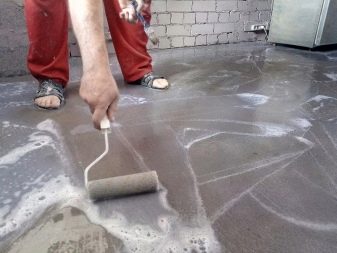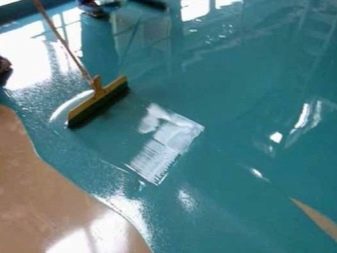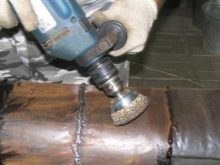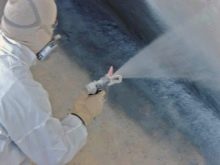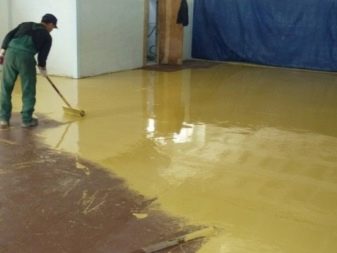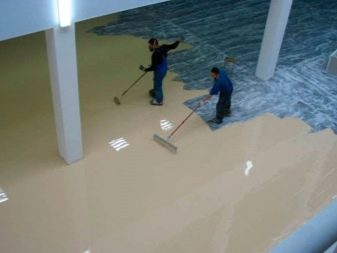Ciao a tutti e benvenuti sul mio canale! In questo video parleremo dei tipi di primer epossidici, le loro proprietà e caratteristiche. Inizieremo introducendo i primer epossidici e poi approfondiremo i due tipi principali: a base d’acqua e a base di solvente.
Parliamo di primer epossidici, una grande famiglia di primer con proprietà uniche che li rendono ideali per una vasta gamma di superfici. Sono costituiti da due componenti: una resina e un indurente. Quando questi componenti vengono miscelati, si innesca una reazione chimica che porta alla formazione di un rivestimento protettivo e resistente.
Esistono due tipi principali di primer epossidici: monocomponenti e bicomponenti.
I primer epossidici monocomponenti sono più facili da usare poiché non richiedono la miscelazione di due componenti. Tuttavia, hanno una durata di conservazione più breve e non sono resistenti quanto i primer epossidici bicomponenti.
I primer epossidici bicomponenti offrono una maggiore resistenza e durata. Tuttavia, richiedono una miscelazione accurata e hanno una durata di conservazione più breve rispetto ai primer monocomponenti.
I primer epossidici sono particolarmente adatti per le superfici metalliche. Forniscono un’eccellente adesione, proteggono il metallo dalla corrosione e creano una superficie liscia per l’applicazione della vernice.
Compared to phosphate-filled epoxy, this group of epoxy primers has higher adhesion and hardness; these primers create a thick, abrasive layer, which makes them suitable for application under high loads. Zinc in the composition of the primer acts as a corrosion inhibitor, thanks to the fact that it forms a barrier layer that protects the metal from contact with oxygen and moisture. This type of primer is often used in shipbuilding and automotive industries.
This type of epoxy primer is notable for its resistance to corrosion, salts, and aggressive chemicals. It is often used for concrete flooring, industrial tanks, and other structures that are exposed to harsh conditions.
- Excellent adhesion to various surfaces
- High corrosion resistance
- Increased strength of the coating system
- Resistance to moisture, chemicals, and UV radiation
- relatively short shelf life
- Requires special handling and disposal
- Metal structures (steel, aluminum, etc.)
- Concrete surfaces
- Reinforced concrete structures
- Shipbuilding
- Automotive industry
- Chemical and petrochemical industry
- Food industry
- Repair and restoration of buildings and structures
When choosing an epoxy primer, you need to consider the following parameters:
- Type of surface to be primed
- Operating conditions
- Load level
- Corrosiveness of the environment
- Type of subsequent coating
- The surface to be primed must be clean and dry.
- Apply the primer in two or three layers, allowing each to dry thoroughly.
- Use a roller, brush, or spray for application.
- Wear personal protective equipment and work in a well-ventilated area.
